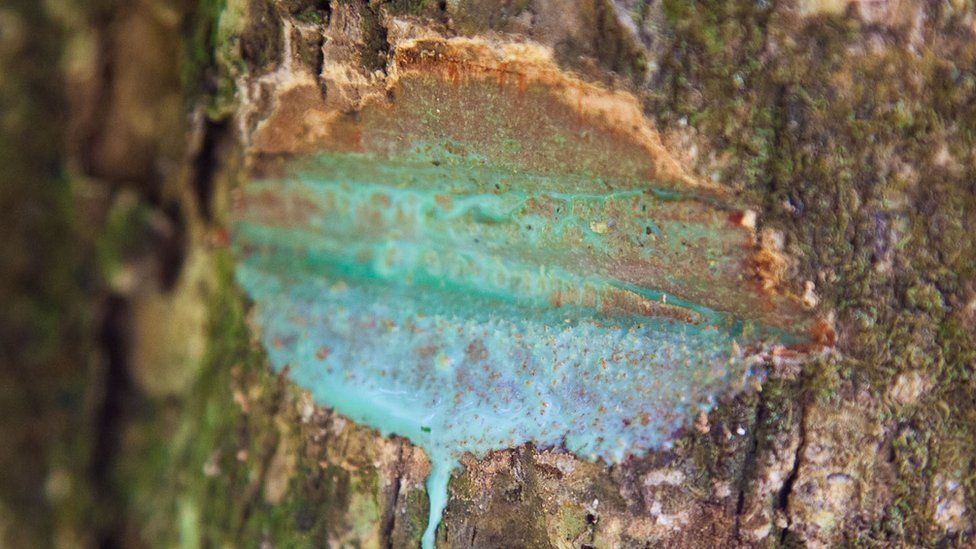
 5
5




Just me and my kids, off griddin' it - follow along our shenanigans at our YouTube Uncle Dutch Farms.
 7
7




When you reach your lowest point, you are open to the greatest change.
-Avatar Aang
 1
1




Bethany Dutch wrote:What will that look like?

 4
4




Bethany Dutch wrote:So I see one of two things happening - either we will be stupid and run ourselves into the ground, and the world has some sort of massive economic crash that throws us back to the dark ages, or we figure it out before that happens and somehow develop a society that isn't dependent on fossil fuel.
 2
2




A build too cool to miss:Mike's GreenhouseA great example:Joseph's Garden
All the soil info you'll ever need:
Redhawk's excellent soil-building series





 3
3




When you reach your lowest point, you are open to the greatest change.
-Avatar Aang
 4
4




 1
1




Trace Oswald wrote:Are new elements hard to believe?
 3
3





 7
7




A human being should be able to change a diaper, plan an invasion, butcher a hog, conn a ship, design a building, write a sonnet, balance accounts, build a wall, set a bone, comfort the dying, take orders, give orders, cooperate, act alone, solve equations, analyze a new problem, pitch manure, program a computer, cook a tasty meal, fight efficiently, die gallantly. Specialization is for insects.
-Robert A. Heinlein
 2
2




 5
5




 6
6




 1
1




A human being should be able to change a diaper, plan an invasion, butcher a hog, conn a ship, design a building, write a sonnet, balance accounts, build a wall, set a bone, comfort the dying, take orders, give orders, cooperate, act alone, solve equations, analyze a new problem, pitch manure, program a computer, cook a tasty meal, fight efficiently, die gallantly. Specialization is for insects.
-Robert A. Heinlein
 1
1




Dale Hodgins wrote:Being Canadian, I realize the resource is not very finite at all, if we would just stop selling it to the US and China. Canada is sitting on the world's second-largest reserve. If we could just agree to leave it in the ground and use it only for domestic purposes, and then be smart about its use, we would have vast amounts left when the rest of the world has already burnt their's. And maybe by then it would be seen as a chemical resource, and not just something to burn. Our great great great great grandchildren will have every reason to curse us if we sell it all to China.
A human being should be able to change a diaper, plan an invasion, butcher a hog, conn a ship, design a building, write a sonnet, balance accounts, build a wall, set a bone, comfort the dying, take orders, give orders, cooperate, act alone, solve equations, analyze a new problem, pitch manure, program a computer, cook a tasty meal, fight efficiently, die gallantly. Specialization is for insects.
-Robert A. Heinlein
 1
1




Joseph Lofthouse wrote:I expect more of the same of what has been going on for my entire lifetime... A gradual shift of society towards living within the solar budget of the planet. Perhaps there are fits and starts, but the overall trend has been towards being less able to afford increasingly scarce resources, and thus learning to get by with fewer extravagances. I expect that trend to continue.
Pecan Media: food forestry and forest garden ebooks
Now available: The Native Persimmon (centennial edition)
 1
1




A human being should be able to change a diaper, plan an invasion, butcher a hog, conn a ship, design a building, write a sonnet, balance accounts, build a wall, set a bone, comfort the dying, take orders, give orders, cooperate, act alone, solve equations, analyze a new problem, pitch manure, program a computer, cook a tasty meal, fight efficiently, die gallantly. Specialization is for insects.
-Robert A. Heinlein





 4
4




Some places need to be wild




A human being should be able to change a diaper, plan an invasion, butcher a hog, conn a ship, design a building, write a sonnet, balance accounts, build a wall, set a bone, comfort the dying, take orders, give orders, cooperate, act alone, solve equations, analyze a new problem, pitch manure, program a computer, cook a tasty meal, fight efficiently, die gallantly. Specialization is for insects.
-Robert A. Heinlein














 4
4




A human being should be able to change a diaper, plan an invasion, butcher a hog, conn a ship, design a building, write a sonnet, balance accounts, build a wall, set a bone, comfort the dying, take orders, give orders, cooperate, act alone, solve equations, analyze a new problem, pitch manure, program a computer, cook a tasty meal, fight efficiently, die gallantly. Specialization is for insects.
-Robert A. Heinlein





A human being should be able to change a diaper, plan an invasion, butcher a hog, conn a ship, design a building, write a sonnet, balance accounts, build a wall, set a bone, comfort the dying, take orders, give orders, cooperate, act alone, solve equations, analyze a new problem, pitch manure, program a computer, cook a tasty meal, fight efficiently, die gallantly. Specialization is for insects.
-Robert A. Heinlein














Some places need to be wild




A human being should be able to change a diaper, plan an invasion, butcher a hog, conn a ship, design a building, write a sonnet, balance accounts, build a wall, set a bone, comfort the dying, take orders, give orders, cooperate, act alone, solve equations, analyze a new problem, pitch manure, program a computer, cook a tasty meal, fight efficiently, die gallantly. Specialization is for insects.
-Robert A. Heinlein










 1
1




Some places need to be wild
 1
1








A human being should be able to change a diaper, plan an invasion, butcher a hog, conn a ship, design a building, write a sonnet, balance accounts, build a wall, set a bone, comfort the dying, take orders, give orders, cooperate, act alone, solve equations, analyze a new problem, pitch manure, program a computer, cook a tasty meal, fight efficiently, die gallantly. Specialization is for insects.
-Robert A. Heinlein

|
"To do good, you actually have to do something." -- Yvon Chouinard
Fed up of Silicon Valley Social Media? Join Retalk, the place of great conversation
http://retalk.com
|







